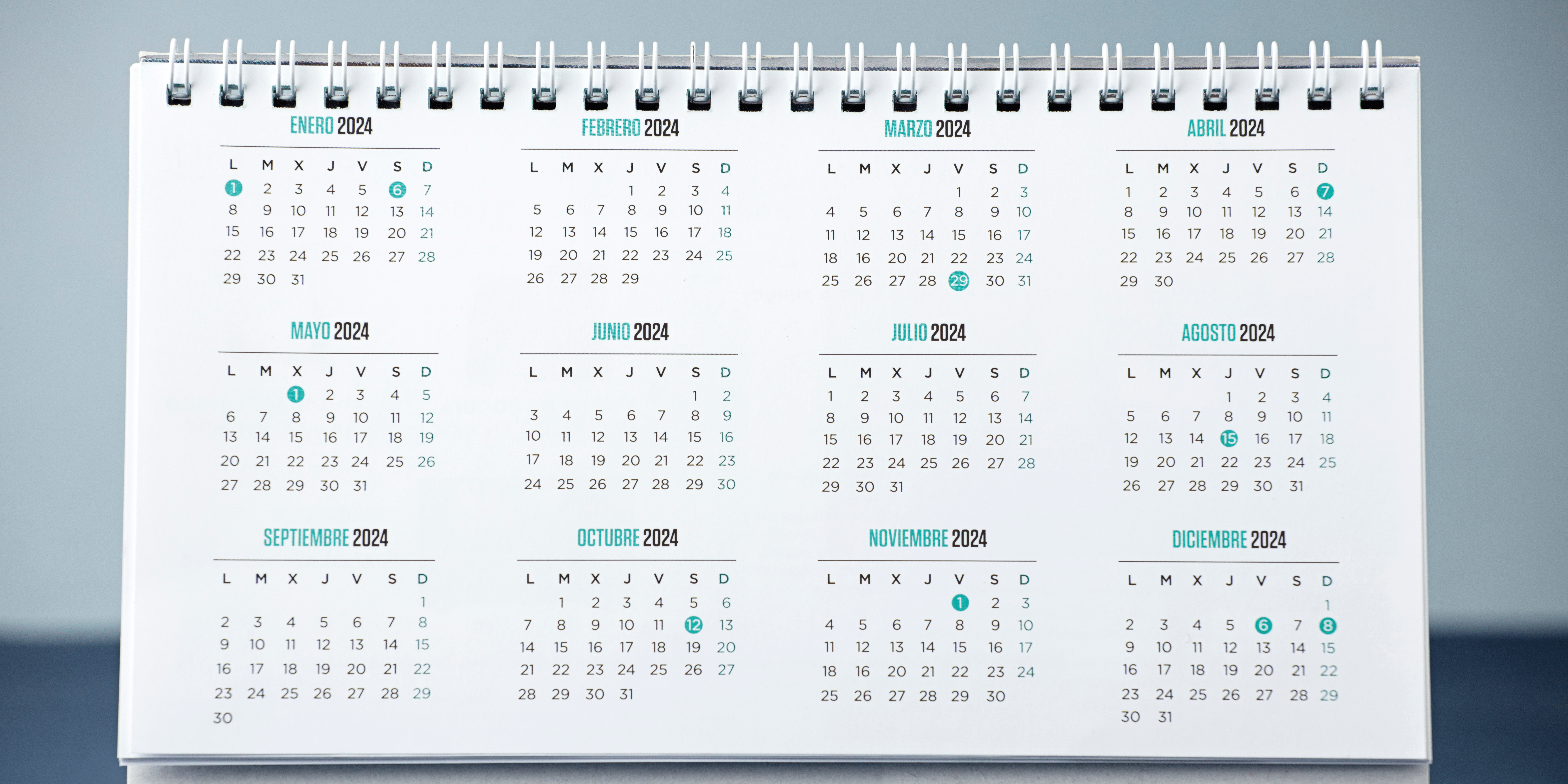
Unlocking the Secrets: The Gregorian Calendar Unveiled
- Lifestyle
- December 27, 2023
- No Comment
- 17
Introduction
The Gregorian calendar, the world’s most widely used calendar system, is more than just a tool to keep track of days and months. Let’s dive into the fascinating world of the Gregorian calendar and explore its origins, quirks, and some lesser-known facts that make it an intriguing aspect of our daily lives.
The Birth of the Gregorian Calendar
The Gregorian calendar is named after Pope Gregory XIII, who introduced it in October 1582. It was an adjustment to the Julian calendar, initiated by Julius Caesar in 45 BCE. The primary goal was to bring the date of the spring equinox closer to March 21, aligning the calendar with the solar year more accurately.
Leap Into Time: The Leap Year Phenomenon
One of the most peculiar features of the Gregorian calendar is the leap year concept. In a leap year, an extra day, February 29th, is added to the calendar. This adjustment ensures that the calendar year stays synchronized with the astronomical year. Interestingly, a year divisible by 4 is a leap year, except for years divisible by 100 but not divisible by 400. This rule might sound complex, but it’s the key to maintaining the balance between our man-made calendar and the Earth’s revolutions around the sun.
The Missing Days: Calendar Adjustments
When Pope Gregory XIII introduced the Gregorian calendar, there was a need to align the calendar with the solar year, which is approximately 365.2422 days long. To achieve this, ten days were skipped in October 1582. People went to bed on October 4th and woke up on October 15th, as the calendar was adjusted to realign with astronomical events.
Global Adoption of the Gregorian Calendar
While the Gregorian calendar was initially adopted in Catholic countries, its acceptance gradually spread worldwide. Protestant countries resisted the change initially, with some holding out until the 18th century. Today, the Gregorian calendar is the standard calendar for most of the world, used for civil purposes and international business.
Influence on Cultural Celebrations
The adoption of the Gregorian calendar significantly impacted cultural celebrations and observances around the world. Many traditional festivals and holidays had to be adjusted to match the new calendar system. For example, countries that shifted from the Julian to the Gregorian calendar experienced changes in the timing of their New Year celebrations.
The Mystery of Friday the 13th
Friday the 13th has long been associated with superstitions and bad luck. Some theories suggest that the fear of Friday the 13th can be traced back to the Gregorian calendar. The day gained its ominous reputation because it occasionally coincides with months starting on a Sunday, creating a calendar pattern that some people found unsettling.
Equinoxes and Solstices: The Gregorian Calendar and Astronomical Events
The Gregorian calendar plays a crucial role in determining the dates of equinoxes and solstices, marking key points in Earth’s orbit around the sun. These astronomical events have cultural and religious significance and are central to various traditions and rituals worldwide.
The Perpetual Calendar: A Mathematical Marvel
The Gregorian calendar is designed to repeat every 400 years, creating a cycle that repeats the days of the week for each date. This cycle is known as the Gregorian calendar’s “Perpetual Calendar” or “Doomsday Rule.” Mathematicians and calendar enthusiasts find joy in deciphering the patterns and cycles that govern the calendar’s structure.
Cultural Adaptations: The Chinese Calendar Connection
While the Gregorian calendar is widely used globally, some cultures maintain their traditional calendars for specific purposes. For instance, the Chinese calendar, rooted in ancient astronomical observations, coexists with the Gregorian calendar. The Chinese New Year, determined by the lunar calendar, falls on a different date each year on the Gregorian calendar.
Time Zones and International Date Line
The Gregorian calendar plays a pivotal role in the establishment of time zones and the International Date Line. The world is divided into time zones based on longitudinal lines, and the International Date Line, roughly following the 180th meridian, dictates where one day ends and another begins. This global standardization facilitates international communication and coordination.
Calendar Art: Exploring the Gregorian Calendar’s Aesthetic Side
Beyond its functional purpose, the Gregorian calendar has become a canvas for artistic expression. Many calendars feature stunning images, illustrations, and designs, transforming the practical tool into a work of art. Artists and photographers contribute to the visual appeal of calendars, making them more than just scheduling tools.
Conclusion
In our daily lives, we often take the Gregorian calendar for granted, but its intricacies, historical significance, and impact on global culture make it a subject worth exploring. From its leap year anomalies to its influence on cultural celebrations, the Gregorian calendar weaves a rich tapestry of time that connects us to the past, present, and future. As we mark the passage of days, let’s appreciate the craftsmanship behind the calendar that guides our lives.






